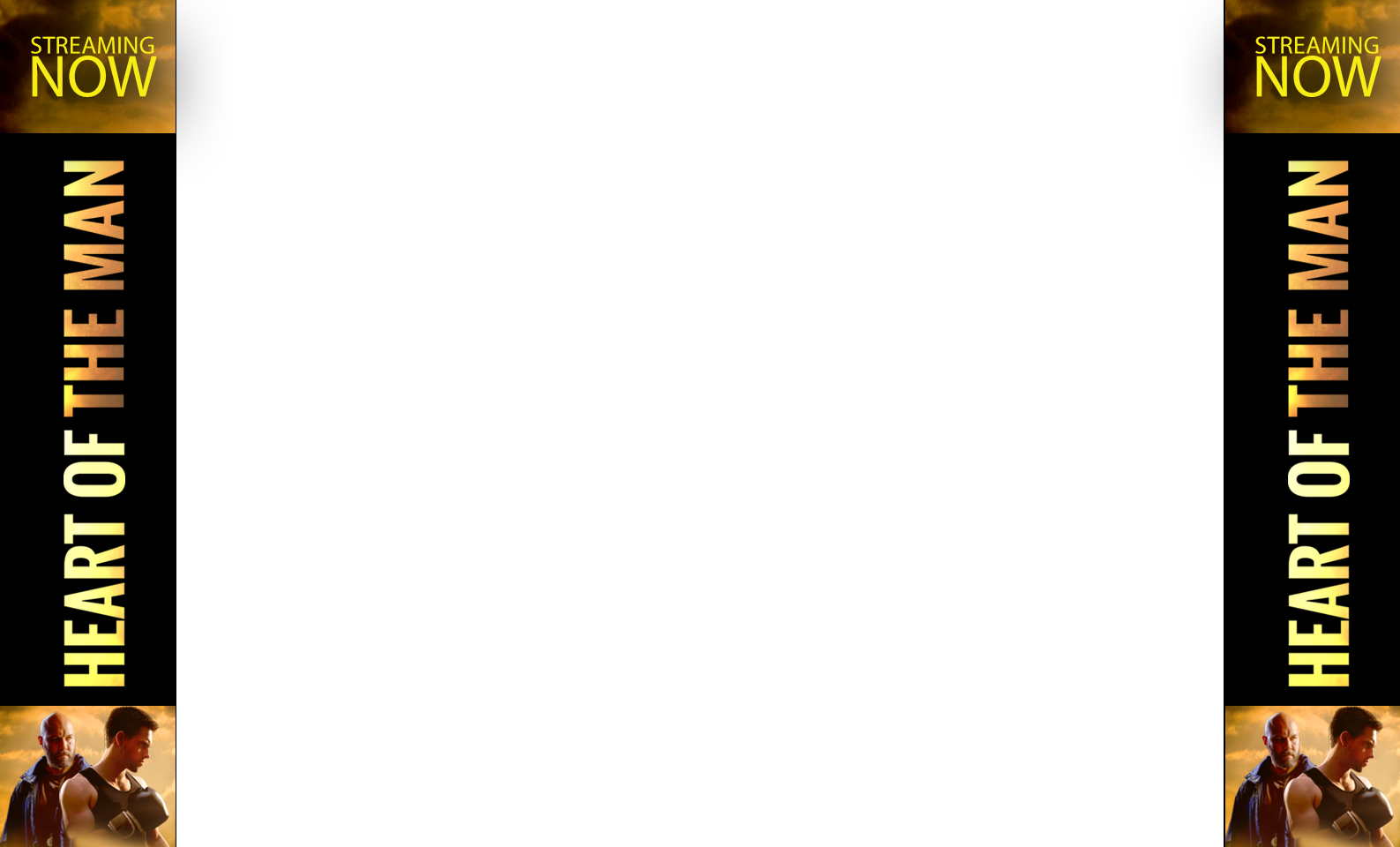By Patrick Scott
How did you come up with the idea for Finding Creativity?
“I would regard myself as a creative person. Essentially, it was borne out of my own curiosity for the creative process. It’s this enigma – creativity. It was about breaking it down, learning from other creative people, what their creative processes are; trying to condense that down and make them understandable to an audience, so that hopefully they can find their own creativity and have a better understanding of it.”
As you said, creativity can be an enigma, a vague and ambiguous concept people don’t necessarily understand. Do you think it’s important for people to actively develop their creative side for their everyday lives?
“Yeah, absolutely. I think people are creative in a lot of things that they do, they just don’t identify it as being creative. I think we’ve all got creativity in us. One analogy that Tim [Dr Tim Patston, featured in the film] made was it’s like a pavlova, you can put something different on it – that is creativity. It doesn’t have to be a profound thing like creating a work of art. It can be very small things in your life and thinking outside the box and doing things slightly different than what’s normally been done. I think it’s a really good practice to get into because the creative mind just opens you up to a whole new world of possibilities in everything you do. I definitely feel it’s something that people should exercise and apply in their lives.”
Within the documentary, you interview a disparate group of people to discuss creativity, not just conventional artists. Why did you choose those specific people? And how did you come across them?
“The documentary was about giving a generous snapshot of where creativity is used, not just in the arts. It is that assumed knowledge that the arts are where creativity is used. But I wanted everyone to realise that it is for everyone, and it can be used in different places. I thought that would be a really interesting aspect of the film to have that.

“In terms of finding the characters of the film: Henry Brett, who’s a singer songwriter is actually a friend of mine. I just instantly thought that he’d be perfect because he is a singer, songwriter, he’s very creative and really well spoken. He talks very candidly about his experiences with creativity. I also wanted someone like Jan Owen who’s an entrepreneur, because creativity can be used in innovation and business and social change. It’s identifying that creativity is useful in so many different ways and many different fields.”
What was it about those people that interested you?
“Holly Grace, for example, she’s the glass artist. The idea came to me from a show on Netflix called Blown Away. It’s basically one of those two people format shows where there’s a competition and they vote someone out, but it was about glass artists. I just thought that was such a creative and really interesting field, and I knew that visually, it would look great on the screen. So, I thought, why don’t I get a glass artist to be in the documentary to have these beautiful works of art that we can see while they talk about their creative process. All of the ideas for the people that I chose came in a very visceral way. I sought out people who could speak very candidly about it, people who were up for being in the documentary, and had really great stories to tell.”

What was the most interesting thing you learned about creativity while making the film?
“I think the most learning I got was probably from Dr. Tim Patston. Identifying as a creative person, I understand creativity from my perspective, but also from learning from others and he really breaks it down into a pragmatic way. Things like time and creativity and how you have to reach that balance of when creativity is most effective. If you have too little time, the work isn’t so good. If you have too much time, you can burn out. There were those little nuggets of knowledge that I really learnt from him. Also, the way that we assess creativity and its different components; that, for me, was something very new.”
What would you like people to take out of the movie when they see it?
“I want people to realise that creativity is in a lot of things that they do in life and to embrace creativity and build that creative side. Creativity has brought so much richness to my life, and it’s about sharing with everyone, and letting people know that there is this thing that exists out there, and you can have a slice of the pie, and it’ll bring you great fulfillment in your life.”

How do you think you’ve been able to apply what you’ve learnt about creativity to your filmmaking and documentaries?
“I don’t know if I can directly connect my new learnings. I think subconsciously, for me, it’s really identified things in creativity that I used and explained in a way that was understandable. It’s things that I’ve always used before, but now I have more of an understanding of the process, and how other people do it. For me, having that understanding through the voices of other people, it’s made me identify what I actually do in my work.”
What are you working on next?
“I am going into development for my next project. I don’t want to divulge too much because it still needs to be refined. There is another documentary on the horizon. I’m pretty excited because it’s quite different from the first three docos. So, watch this space.
Finding Creativity is screening at the Melbourne Documentary Film Festival
For more on Finding Creativity and Roger Ungers, head to the website.



